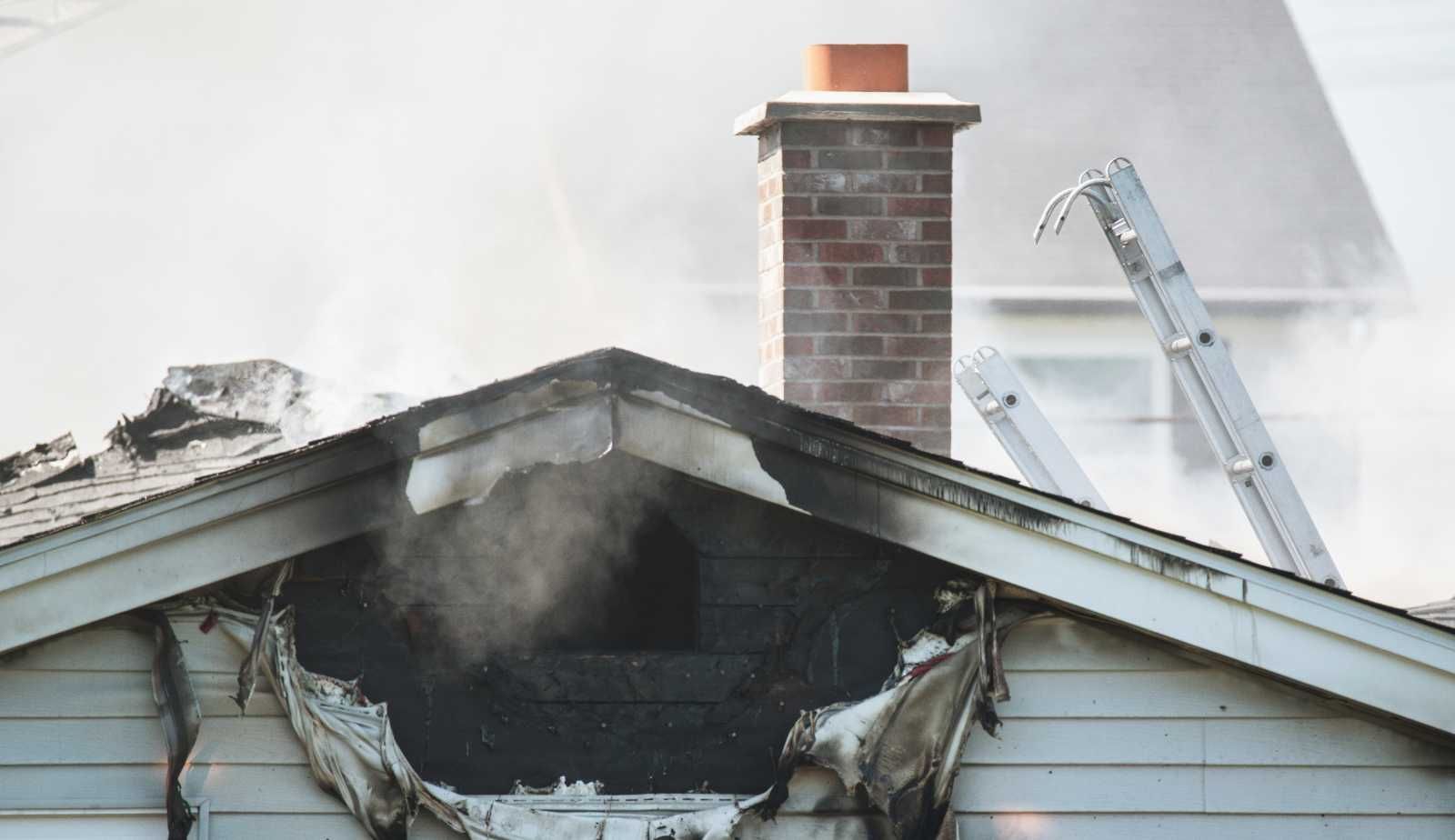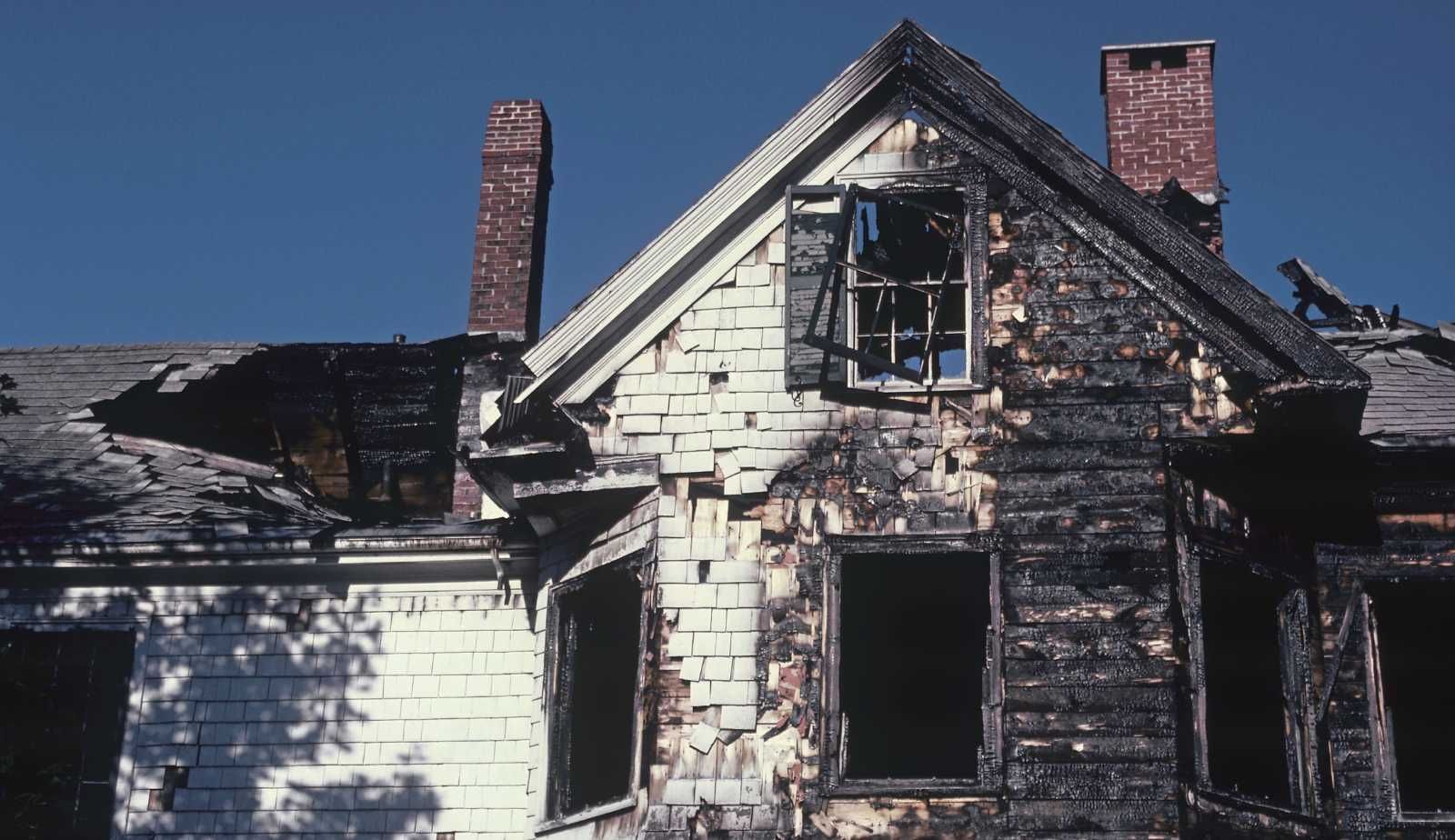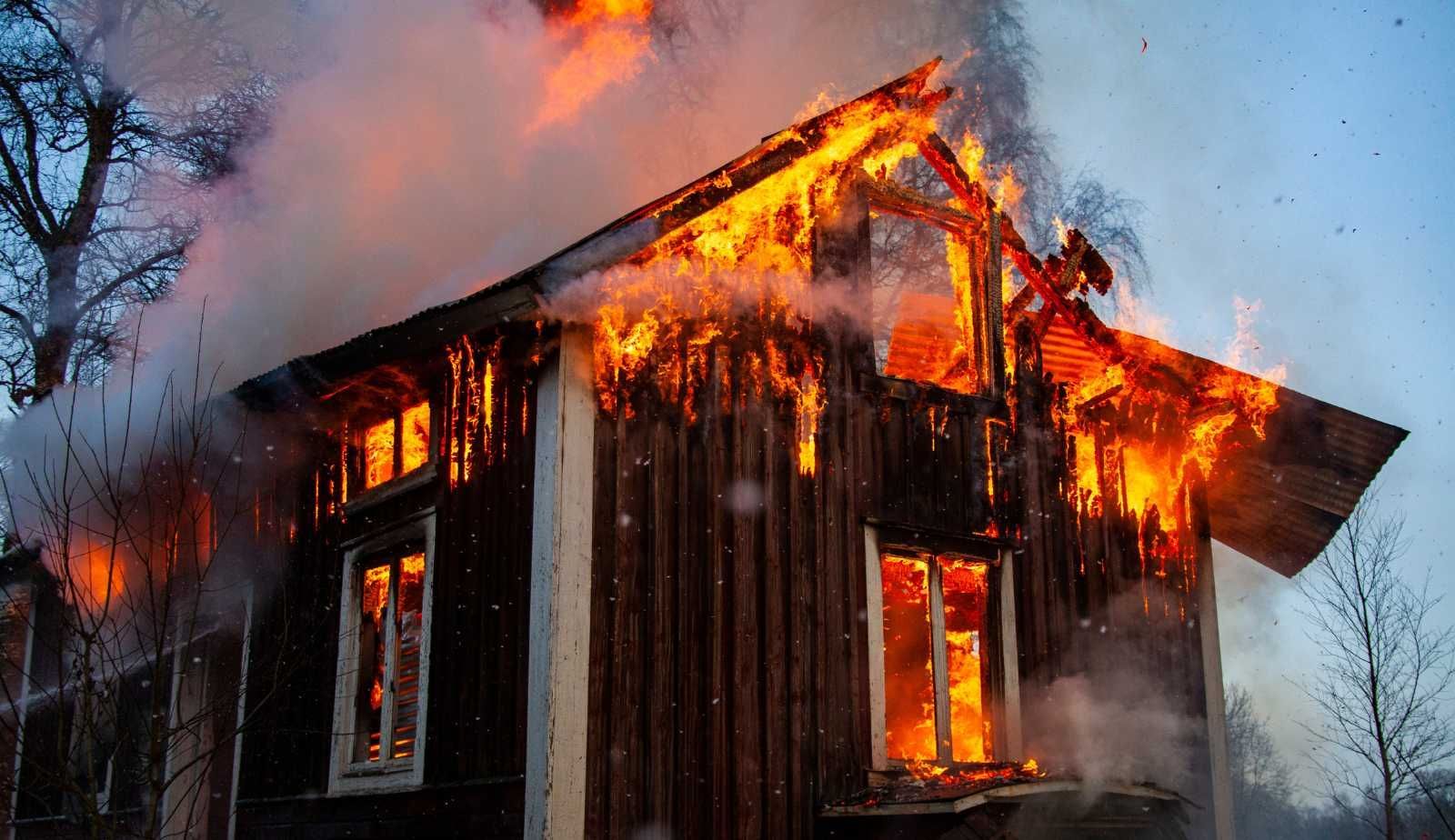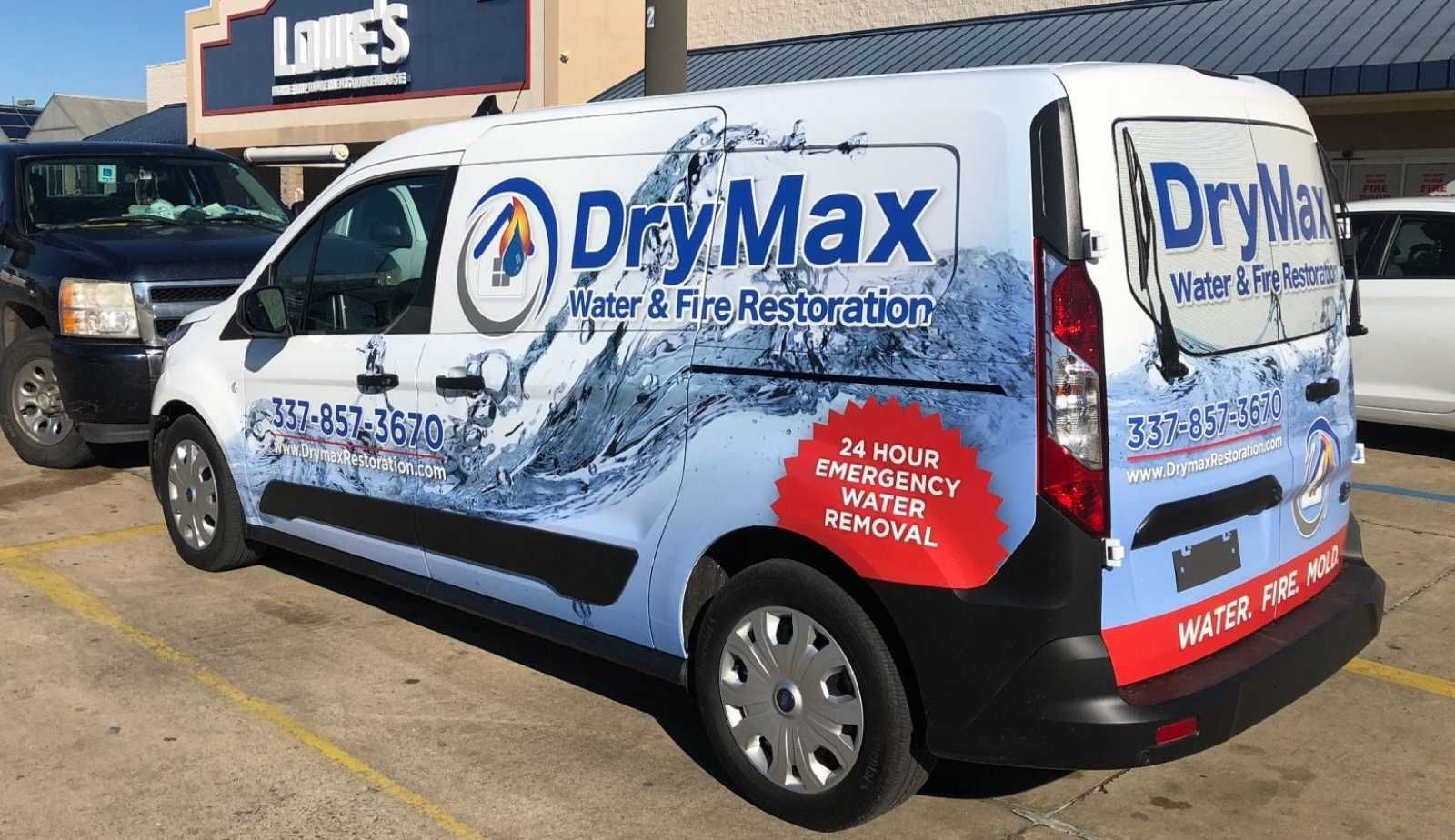Creating a Fire Response Plan: Steps to Prepare Your Home
Home fires can happen to anyone, anywhere, at any time. While it's impossible to predict when a fire will occur, it is possible to prepare for the unexpected. Creating a fire response plan is an essential step in reducing potential damage and improving safety in the event of a fire. By developing a comprehensive fire response strategy, homeowners can ensure that they are ready to act quickly and efficiently in the event of an emergency.

Understanding fire risks and preparedness is the first step in creating an effective fire response plan. Homeowners should be aware of the most common causes of home fires, such as cooking, heating, and electrical malfunctions, and take steps to reduce the risk of a fire starting. Installing and maintaining fire safety equipment, such as smoke detectors and fire extinguishers, is also crucial in preventing and responding to fires. Developing a communication strategy and practicing the fire response plan regularly can further improve preparedness and reduce the risk of injury or damage in the event of a fire.
Key Takeaways
- Homeowners can reduce potential damage and improve safety by developing a comprehensive fire response strategy.
- Understanding fire risks and preparedness is crucial in creating an effective fire response plan.
- Installing and maintaining fire safety equipment, developing a communication strategy, and practicing the fire response plan regularly can further improve preparedness and reduce the risk of injury or damage in the event of a fire.
Understanding Fire Risks and Preparedness
Fires can occur without warning and can cause significant damage to homes and property. Understanding the risks and potential hazards is an essential step in developing a comprehensive fire response plan. By conducting a risk assessment and identifying potential hazards, homeowners can take measures to reduce the risk of fire and improve their preparedness.
Conducting a Risk Assessment
A risk assessment is an evaluation of potential risks and hazards that could lead to a fire. Homeowners should conduct a thorough assessment of their property to identify potential hazards such as faulty wiring, overloaded electrical outlets, and flammable materials. They should also consider the likelihood of natural disasters such as wildfires, which can increase the risk of a fire.
During a risk assessment, homeowners should take note of the following:
- The age and condition of the home's electrical system
- The presence of flammable materials such as paper, cardboard, and cleaning supplies
- The proximity of the home to potential sources of ignition, such as a wildfire-prone area
- The number and location of smoke detectors in the home
Identifying Potential Hazards
Once potential hazards have been identified, homeowners can take steps to reduce the risk of a fire. This may include:
- Installing smoke detectors in every room of the home and testing them regularly
- Keeping flammable materials such as paper and cleaning supplies in a secure location away from potential sources of ignition
- Ensuring that electrical outlets are not overloaded and that wiring is in good condition
- Creating a defensible space around the home to reduce the risk of a wildfire
- Developing a family fire response plan and practicing it regularly
By understanding the risks and potential hazards, homeowners can take steps to reduce the risk of a fire and improve their preparedness. A comprehensive fire response plan should include measures to prevent fires from occurring, as well as steps to take in the event of a fire.

Creating an Effective Fire Escape Plan
Having a well-planned fire escape plan is crucial for the safety of yourself and your loved ones. In the event of a fire emergency, a plan can mean the difference between life and death.
Designating Evacuation Routes
The first step in creating an effective fire escape plan is to identify all possible escape routes from each room in the house. These routes should be free of obstructions and easily accessible. It's important to note that in some cases, the primary escape route may be blocked by fire or smoke, so having alternative escape routes is crucial.
Once all possible escape routes have been identified, they should be clearly marked and communicated to everyone in the household. It's recommended to create a simple map of the house with the escape routes marked, and to post this map in a visible location in each room.
Assigning Roles and Responsibilities
The next step in creating an effective fire escape plan is to assign roles and responsibilities to each member of the household. This includes designating a meeting place outside of the house where everyone can gather after they have evacuated, as well as assigning someone to call the fire department.
It's important to ensure that everyone in the household is aware of their roles and responsibilities, and that they are comfortable with them. This is especially important for children, who may need extra guidance and reassurance during an emergency.
Additional Considerations
When creating a fire escape plan, it's important to consider the needs of any pets in the household. This may include assigning someone to be responsible for getting them out of the house during an emergency.
It's also important to practice the fire escape plan regularly, so that everyone in the household is familiar with it and knows what to do in case of an emergency. This includes practicing evacuating the house using different escape routes, as well as practicing calling the fire department.
By following these steps and considering all of the relevant entities, homeowners can create an effective fire escape plan that will help keep their family safe in the event of a fire emergency.

Installing and Maintaining Fire Safety Equipment
Choosing the Right Smoke Alarms
Smoke alarms are a crucial part of any fire safety plan. When selecting a smoke alarm, it is essential to choose one that is appropriate for the size and layout of your home. There are two types of smoke alarms: ionization and photoelectric. Ionization smoke alarms are better at detecting fast-burning fires, while photoelectric smoke alarms are better at detecting slow-burning fires.
It is recommended to install both types of smoke alarms in your home to ensure comprehensive coverage. Additionally, interconnected smoke alarms are recommended, so when one alarm sounds, all alarms in the home will sound as well. This provides maximum warning in case of a fire.
Regular Checks and Battery Replacements
Once smoke alarms are installed, they must be regularly checked to ensure they are functioning correctly. Smoke alarms should be tested at least once a month by pressing the test button. Additionally, smoke alarms should have their batteries replaced twice a year to ensure they are working correctly. It is recommended to replace batteries when daylight saving time begins and ends.
Apart from smoke alarms, other appliances must be checked for potential fire hazards. For instance, heating equipment must be cleaned and inspected annually by a professional. Electrical appliances and cords should be checked for frayed wires, and any damaged cords should be replaced immediately.
By ensuring that all fire safety equipment is installed correctly and maintained regularly, homeowners can significantly reduce the risk of fire and increase safety in their homes.
Developing a Communication Strategy
When a fire breaks out, communication can be the difference between life and death. A well-designed communication plan can ensure that everyone in the home is alerted in a timely manner, and that emergency services are quickly contacted. In this section, we will discuss the steps involved in developing a communication strategy for your fire response plan.
Establishing Emergency Contact Protocols
The first step in developing a communication strategy is to establish emergency contact protocols. This includes identifying who will be responsible for contacting emergency services, and ensuring that everyone in the home knows how to do so. It is recommended that the emergency contact person be someone who is always present in the home, and who is capable of staying calm under pressure.
It is also important to have a list of emergency contacts readily available, including the phone numbers for 9-1-1, the fire department, and emergency medical services. This list should be posted in a prominent location in the home, such as on the refrigerator or near the phone. It is also a good idea to have a backup plan in case the primary contact person is unable to make the call.
Coordinating with Local Emergency Services
In addition to establishing emergency contact protocols, it is important to coordinate with local emergency services. This includes contacting the fire department to discuss your fire response plan and to ensure that they have accurate information about your home. It is also a good idea to ask the fire department to conduct a home safety inspection, which can help you identify potential fire hazards and develop strategies to mitigate them.
It is also recommended that you provide the fire department with a copy of your fire response plan, so that they are aware of your emergency protocols and can respond accordingly. This can help ensure a coordinated response in the event of a fire.
By following these steps, you can develop a comprehensive communication strategy that will improve safety and reduce potential damage in the event of a fire.

Practicing Your Fire Response Plan
Once you have created a fire response plan, it is essential to practice it regularly to ensure that everyone in your household knows what to do in case of a fire emergency. Practicing the plan will help you identify any potential issues and make necessary adjustments to improve the effectiveness of the plan.
Conducting Regular Drills
Conducting regular fire drills is one of the best ways to ensure that your fire response plan is effective. It is recommended that you conduct fire drills at least twice a year, with one drill during the day and another at night. This will help you identify any potential issues with the plan, such as blocked exits or malfunctioning smoke detectors.
During the drill, make sure that everyone in your household knows what to do in case of a fire emergency. Practice evacuating the house quickly and safely, and designate a meeting spot outside the house. If you have pets, make sure that they are included in the drill.
Educating Family Members
It is crucial to educate all family members about the fire response plan, including children. Make sure that everyone knows where the fire extinguishers are located and how to use them. Teach children how to call 911 and what to say in case of an emergency.
Additionally, educate family members on the importance of not blocking exits, keeping flammable materials away from heat sources, and avoiding overloading electrical outlets. Make sure that everyone knows how to escape safely in case of a fire emergency.
By conducting regular drills and educating family members, you can ensure that your fire response plan is effective and that everyone in your household knows what to do in case of a fire emergency.
Have a Plan
Developing a fire response plan is a proactive approach to mitigate risk and ensure safety in the event of a fire. By creating an emergency response plan, individuals can adapt to unexpected situations and reduce potential damage.
To create a comprehensive fire response strategy, individuals should evaluate the physical layout of their home, identify potential hazards, and establish clear roles and responsibilities for all family members. It is also essential to practice the plan regularly and ensure that all members of the household understand the protocols and evacuation routes.
Adaptability is key when developing a fire response plan. Individuals should review and update their plan regularly to ensure that it remains relevant and effective. Additionally, individuals should consider seeking professional guidance to ensure that their plan is comprehensive and meets their specific needs.
Overall, a fire response plan is an essential tool to ensure the safety of individuals and their property. By taking a proactive approach to fire safety, individuals can reduce the risk of damage and ensure a quick and effective response in the event of an emergency.
Frequently Asked Questions
How can I create a comprehensive fire evacuation plan for my home?
Creating a comprehensive fire evacuation plan for your home is crucial in ensuring the safety of your family in the event of a fire emergency. Start by identifying all possible exits and escape routes in your home, including windows and doors. Next, designate a meeting point outside the home where all family members can gather safely. It is also important to install smoke alarms in every sleeping room and outside each separate sleeping area. For more information on how to create a fire evacuation plan, visit NFPA.
What are the essential elements to include in a home fire safety plan?
A home fire safety plan should include the following essential elements: identifying all possible exits and escape routes, designating a meeting point outside the home, installing smoke alarms in every sleeping room and outside each separate sleeping area, practicing a fire escape drill with your family, and having an emergency preparedness kit readily available. For more information on how to create a home fire safety plan, visit Ready.gov.
How often should a family practice their home fire escape plan?
Families should practice their home fire escape plan at least twice a year. This will help ensure that everyone in the household knows what to do in the event of a fire emergency and can evacuate safely and quickly. For more information on how to conduct a successful fire escape drill, visit U.S. Fire Administration.
What should be included in an emergency preparedness kit for fire emergencies?
An emergency preparedness kit for fire emergencies should include the following items: a first aid kit, a flashlight with extra batteries, a whistle to signal for help, a fire extinguisher, a battery-powered or hand-crank radio, and a three-day supply of food and water. For more information on how to prepare an emergency kit for fire emergencies, visit Red Cross.
What steps are involved in conducting a successful home fire escape drill?
To conduct a successful home fire escape drill, start by sounding the smoke alarm and having everyone in the household evacuate as quickly as possible using the designated escape routes. Once outside, gather at the designated meeting point and ensure that everyone is accounted for. Evaluate the drill and make any necessary adjustments to the fire evacuation plan. For more information on how to conduct a successful fire escape drill, visit U.S. Fire Administration.
Where can I find a free printable template for a fire escape plan?
Free printable templates for fire escape plans can be found online at websites such as NFPA and Ready.gov. These templates can help you create a comprehensive fire evacuation plan for your home.
You might also like
DryMax Restoration Blogs




